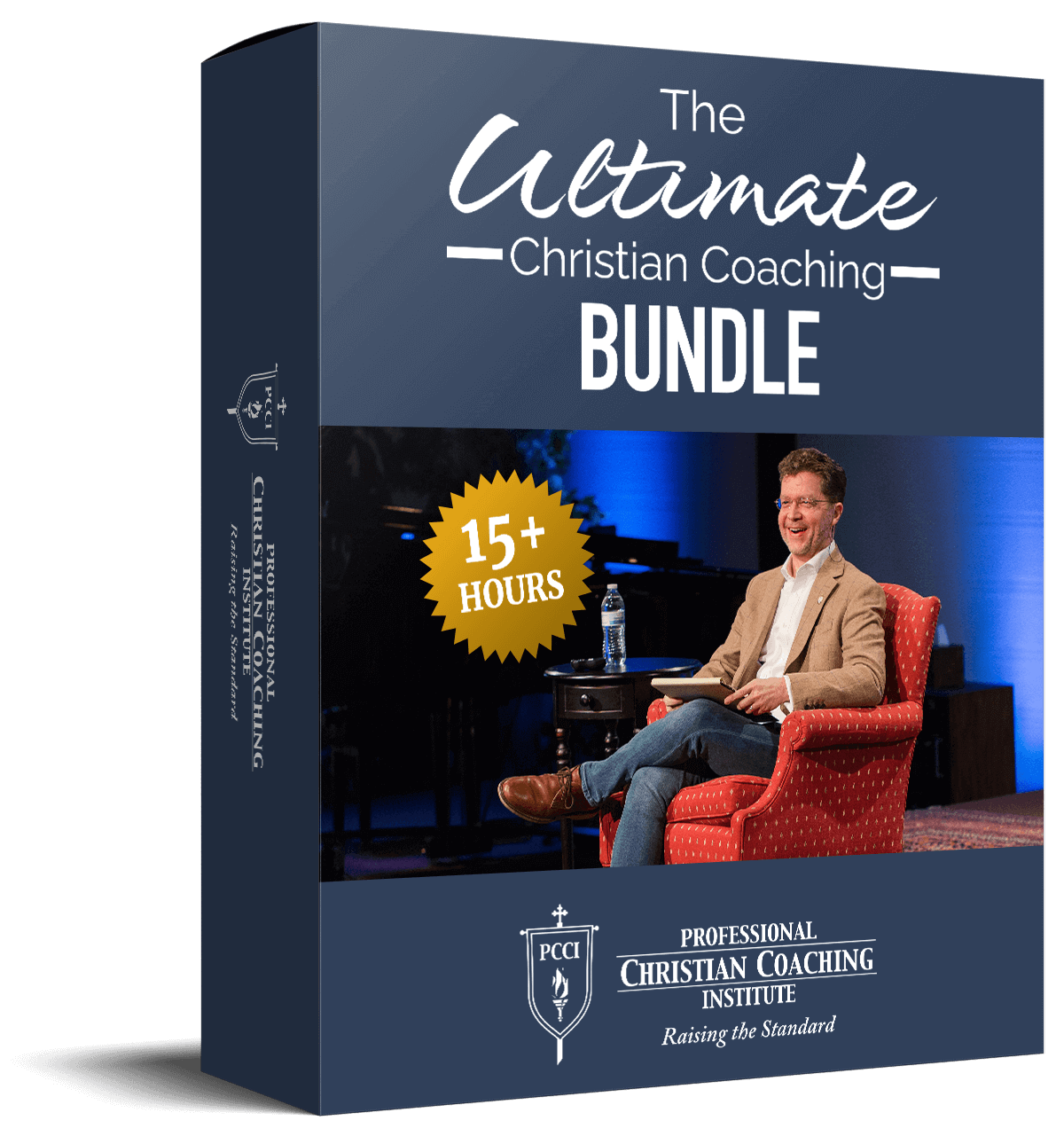Something just doesn’t feel right. There is no visible evidence; yet, there is an undeniable feeling deep in our core. Like a breeze rippling the water, intuition cannot be seen, but we can see and hear its effects. It is not a fact that can be measured, recorded or verified.
But let’s say there is more than one way of knowing. There are two types of knowledge, conventional, which is observable knowing, and intuition that comes from “gut,” like realizing something is wrong because it just “doesn’t feel right.”
We pick up more data than we can consciously process. Recent research by the Institute of HeartMath1 reveals that the heart picks up intuitive information a second or two more quickly than the brain. That means the heart can be considered as the source of our intuitions. The right hemisphere of the brain, the creative mind, processes the information and passes it on to the left hemisphere, the action mind that calculates and works logic.
The heart is the source of intuition because that is where our values lie. Values create inspiration, inspiration creates intuition. The brain then processes the intuition and compares it to past experiences, knowledge and opinions.
That makes our intuition a gift, and it is unique to each of us. No one else has our intuition so it cannot be validated by anyone else, except for us. So we need to trust ourselves, our intuition, and transform it into action. If we are lacking in this area, it can be developed.
“Intuition sometimes shows up in unexpected ways in the coaching session,” the authors of Co-Active Coaching explain:
Sometimes it’s just a hunch. Or it could appear as an unexplained shift in emotion or energy. The important thing to remember in coaching is to be open to intuition-trusting it, aware of it, and completely unattached to the interpretation. In the end, intuition is valuable when it moves the client to action or deeper learning
Curiosity
We are born with a great sense of curiosity. We use our senses to explore the world of wonder around us to learn, adapt and grow. Often, our sense of curiosity and playfulness is not nurtured as we age. As a result, it can be cultured out of us. Einstein said it well, “It’s a miracle that curiosity survives formal education. “
In coaching, it is often authentic curiosity that leads to the discovery of new uncharted paths and possibilities. The authors of Co-Active Coaching say it well: “With curiosity, there is both playfulness and an unconditional sense that the answer that emerges is the right answer because it’s the clients.”
When we are curious as coaches, we allow the client to explore and discover what was already there. Curiosity opens a wide area of potential unknown even to the client.
A way to find solutions is energizing, because important learning takes place. That type of learning is the most lasting, because it comes from within. With curiosity, we have the experience of exploring. When coaches are curious, we listen deeply and have an open-minded point of view; it will keep us in a strategic place to build positive relationships with the client.
Powerful Questions
A fundamental skill in the coach’s toolbox is the ability to ask powerful questions. Often, when clients are faced with truly powerful questions, their immediate reaction is silence, bewilderment, and a plunge inside. If a client immediately responds to a coaching question, it may not be truly powerful. Sometimes when a client says, “Wow that is a good question,” it could be a social buffer that allows a client to really dive into an inner search and take a few minutes to process. We need to listen and wait.
Powerful questions stand alone. In the course of coaching, on a specific issue, one truly powerful question presented in a proper context and at the right time should be enough to shift their change of perspective and find a host of new avenues to achieve success. By asking a powerful question, the coach invites the client to action, clarity and discovery at a completely new level.
The Power of Three
Intuition, curiosity and powerful questions implemented in the coaching sessions allow the client to go deeper than they could on their own. Together, they can create an entirely new framework that helps to release them from their mired position. This in turn, creates breakthroughs which gives them traction, clarity and fresh hope.
_____________________________________
Works Cited
Electrophysiological Evidence of Intuition: Part 1. The Surprising Role of the Heart
Journal of Alternative and Complementary Medicine 2004; 10(1): 133-143.
Rollin McCraty, Ph.D.1, Mike Atkinson1, and Raymond Trevor Bradley, Ph.D
Free Coach Training!

Learn from the BEST Christian Coaches!
Whether you’re exploring Christian coaching, a brand-new or seasoned coach, this powerful resource will deepen your learning, skill, and effectiveness.

